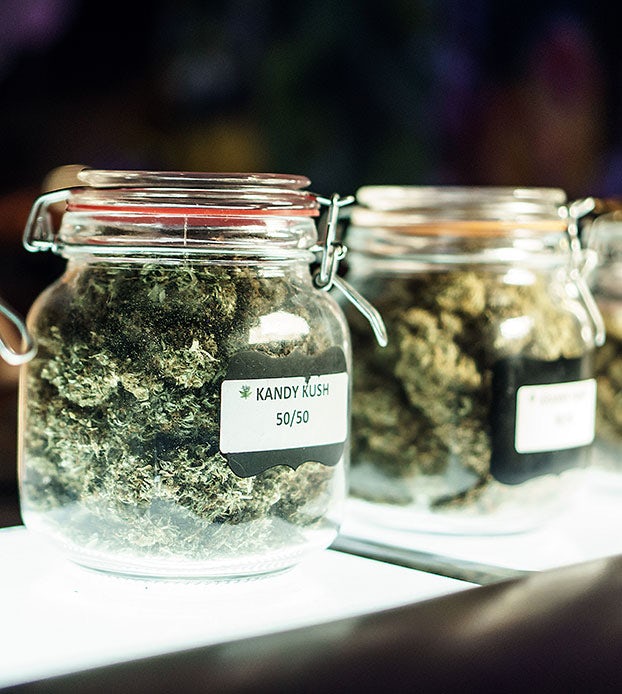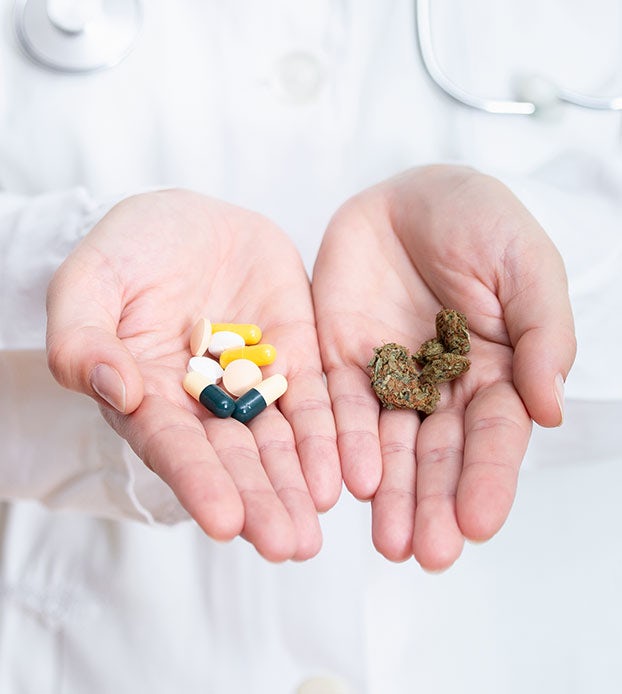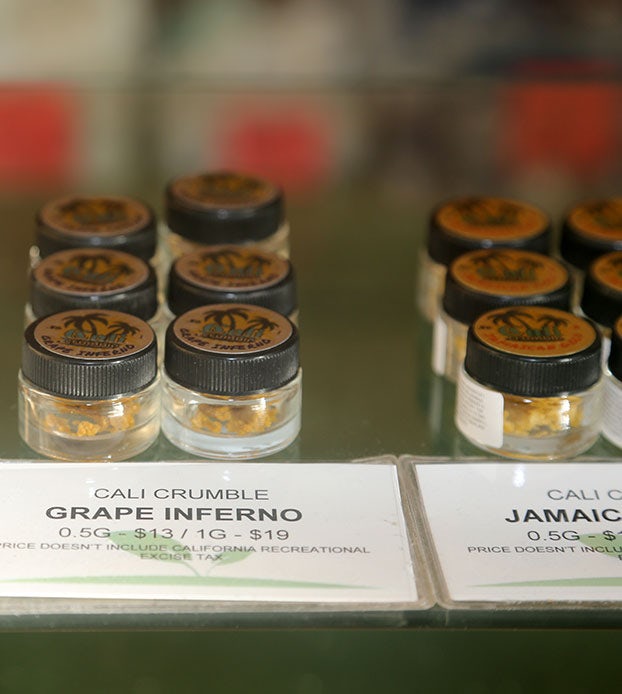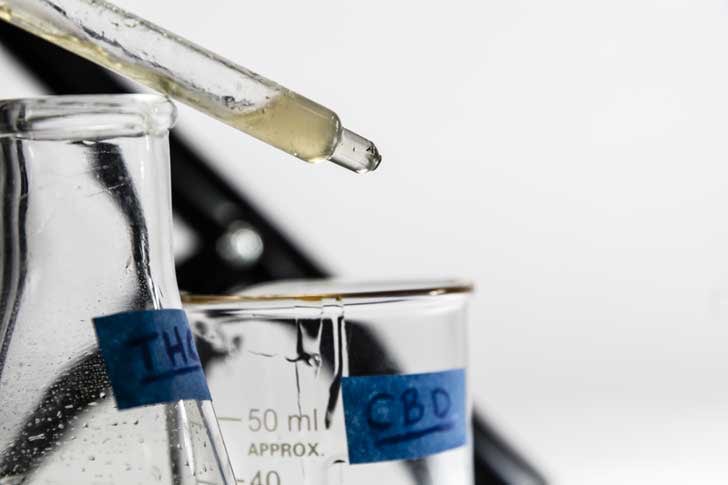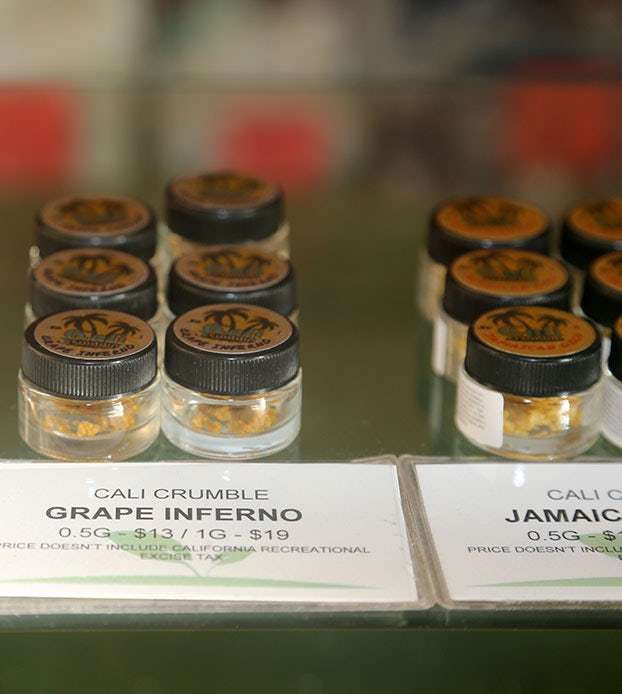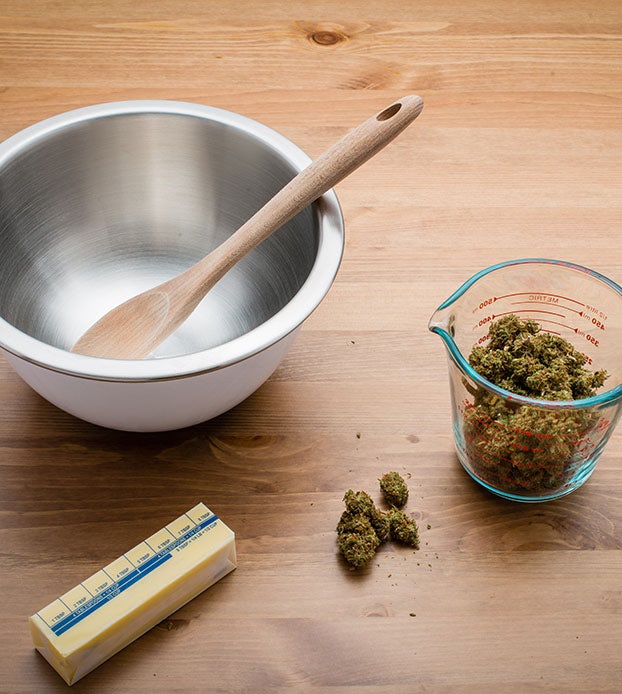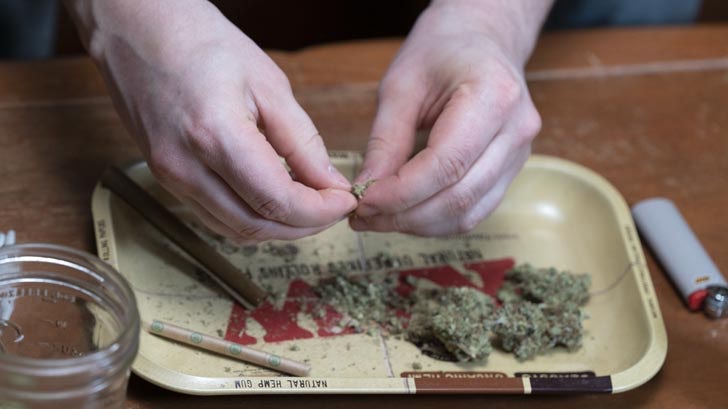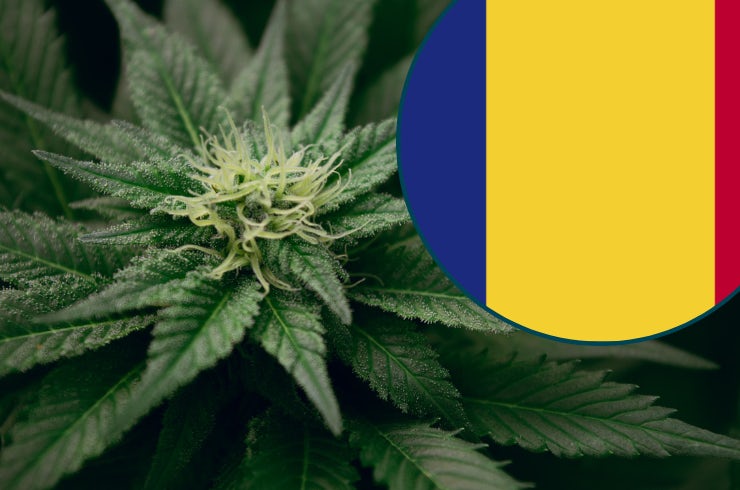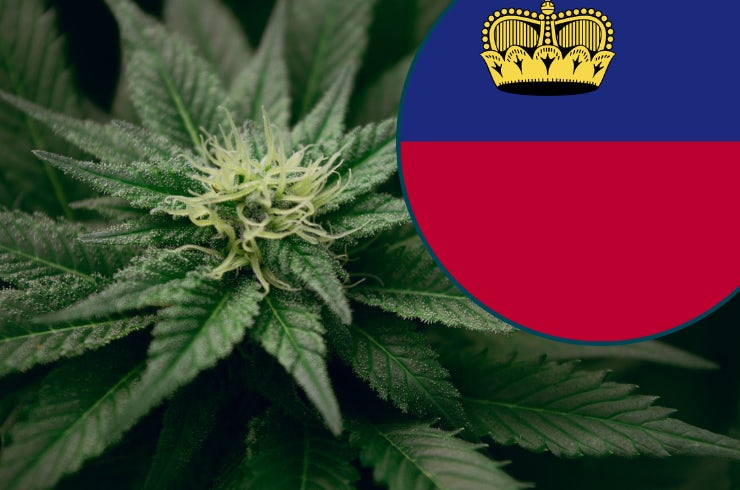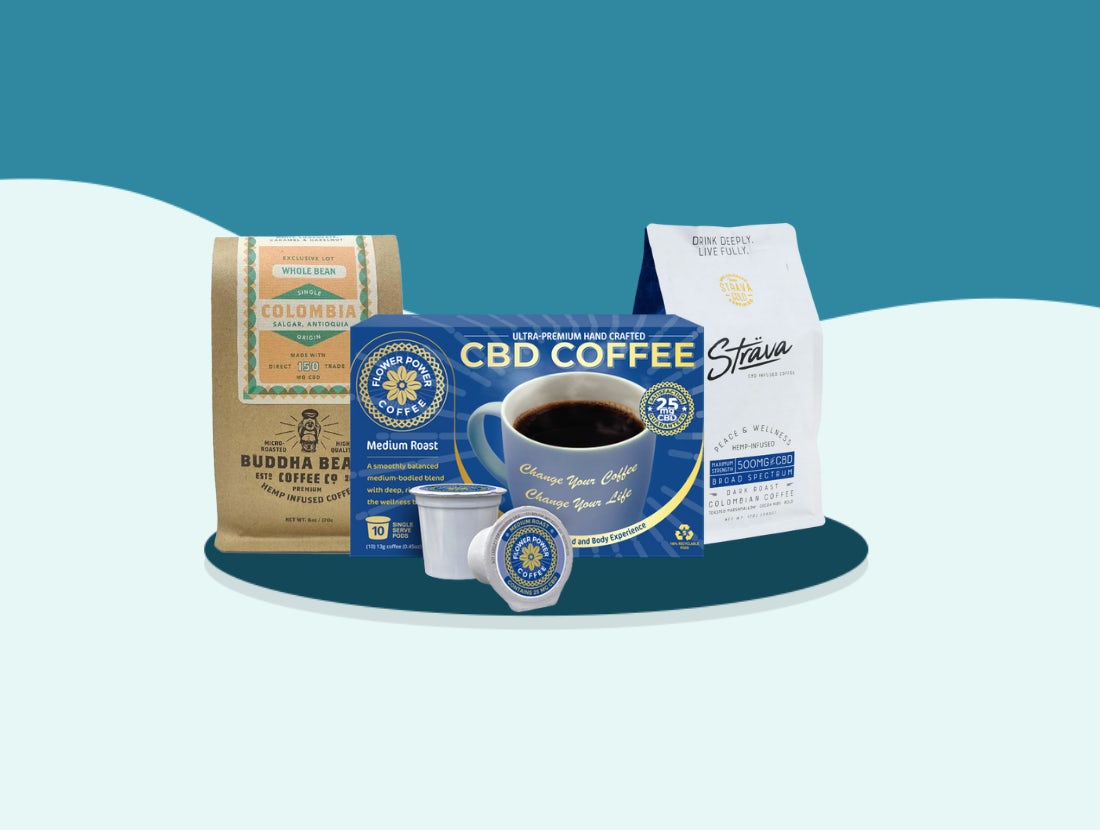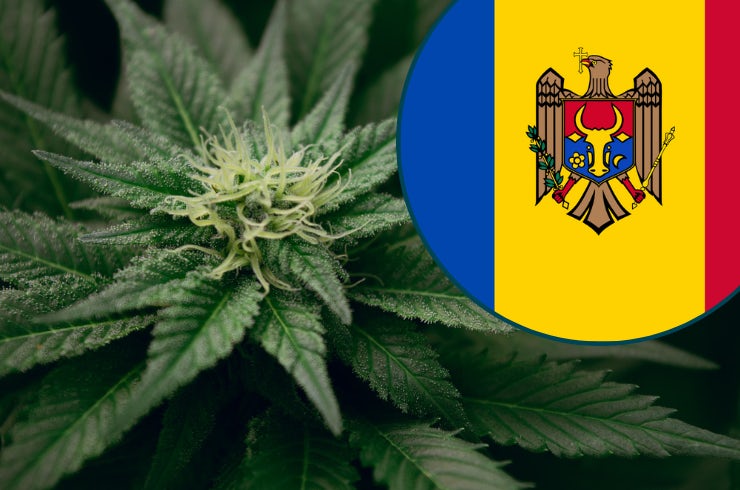One of the most exciting changes in the medical community in the past several years has been the growing acceptance of cannabis as a potential medical therapy for many patients. The medical community can be glacial when it comes to change, but with cannabis, that change has happened at a relatively fast pace. At the same time, governments and regulatory authorities across the world have expanded access to medical cannabis and broadened the indications it is approved for.
The progress hasn’t exactly been organized. Rather, it has been quite a messy and fragmented process without much harmonization across states, countries, and authorities. For instance, in the US, a majority of states have approved cannabis for medical use, while the federal government maintains it as an illegal drug.
As more and more doctors have evolved their approach to cannabis — from outright rejection to curiosity to acceptance to integrating into their treatment paradigm — they are facing many questions without clear answers to even some of the most basic questions. On a practical level, doctors want to have consensus on when to give cannabis, how to give it, how much to give, and what to watch out for.
One of the simplest and most important questions doctors are asking is how to properly dose medical cannabis for their patients.
With other medications, the answer is often simple. There are clinical trials, the medication is approved by a large body like the FDA, and specific recommendations are handed down. With cannabis there’s no such process.
Cannabis isn’t like pharmaceutical drugs
The first challenge stems from the nature of the cannabis plant itself.
While it’s not unusual for pharmaceutical companies to develop drugs based on substances found in nature, they usually isolate the active molecule. This makes it possible to target a specific gene or protein to achieve a predictable and measurable result.
Cannabis, on the other hand, is unlike most traditional pharmaceutical drugs, as it affects different body parts and systems simultaneously. Made up of 144 cannabinoids and counting, as well as other organic molecules such as terpenes and flavonoids, cannabis activates a wide variety of biological mechanisms in the body.
That can be a benefit, as it often makes medical cannabis a more holistic intervention than most other medications. However, it can also make the effects of cannabis more difficult to measure, predict, and consistently replicate.
Lack of research on medical cannabis
The second challenge is a result of the lack of research on medical cannabis. For nearly 70 years, international conventions have classified cannabis as a schedule 1 drug, on par with heroin. That classification has severely curtailed clinical medical research for legal and bureaucratic reasons.
As a result, not only have very few cannabinoid-based pharmaceutical drugs been approved by regulating authorities like the FDA but due to the lack of documentation and guidelines, patients and doctors alike find themselves walking in the dark. For the same reason, there is also no consensus in the medical community about how to dose cannabis.
Cannabis requires an individualized approach
The third challenge, also due to the cannabis plant’s unique nature and multitude of active ingredients, is that it affects different people in different ways. While a prescribing doctor always keeps an eye on how the medications they prescribe affect his or her patients, cannabis requires a much more individualized approach.
In addition to optimizing the right dose for a patient, a prescribing doctor is faced with the herculean task of optimizing the right delivery method, CBD-to-THC ratio, and strain of product. Of course, there’s no consensus on any of these other important factors.
Nonetheless, we do have time tested strategies to mitigate the risks and safely recommend marijuana to patients suffering from approved indications.
My cannabis dosage approach
The most common approach, which I use in my own practice, is “start low and go slow.” Patients are advised to start by taking a small amount of medical cannabis and to titrate up slowly and responsibly.
With oil tinctures, this means starting with one drop. With vaporizers, one inhalation. With pills and capsules, the lowest available dose. While it may take more time to get relief and establish efficacy, at least I’m reducing the risk of problems with adverse effects and tolerability.
It goes without saying, like any other therapy I recommend, I also caution all my patients about the potential side effects and risks of taking cannabis.
Like any medical treatment that aims to improve the quality of life, it’s crucial to find the balance between efficacy and side effects. How much cannabis achieves the desired painkilling effect without too many side effects? Again, the best way to find that balance is to start low and go slow. In the short term, it can often be a frustrating process for patients because they are looking for immediate relief, but it is the best system we have at the moment for finding the right balance.
This is no different from many other medications I prescribe. Doctors and medical professionals use the same logic when finding the right dosage of antidepressants, pain killers, and practically all other quality-of-life medications.
New technologies on the horizon
While doctors do have the tools to overcome the challenges outlined here, technological and pharmacological developments may make many of them obsolete in the coming years.
New technologies, like advanced medical vaporizers that can measure and deliver doses more precisely, along with new formulations of concentrates and tinctures, will eventually make microdosing possible. Some technologies are already commercially available, and this makes dosing cannabis for patients safer, easier, and more standardized. In the future, this will also allow us to improve our research tools, making studies more predictable and replicable. As a result, with time, more questions will be answered.
Likewise, pharmaceutical products that can isolate specific active ingredients of medical cannabis, as they continue to be developed, will be able to answer many of the challenges cannabis poses to doctors and patients. Laboratory developed and prepared isolated elements will make it exponentially easier to dose cannabis-derived medications, and the uniformity offered by pharmaceutical production processes will make it possible for dosing to be truly precise and consistent.
New technologies also include specific dosing of whole-flower cannabis, which carries the added benefit of preserving the unique benefits of broad, or full-spectrum cannabis products. While there is an incredible amount about the cannabis plant that scientists and doctors still have to learn, we do know one thing: treatments that use the whole plant, or most of it, have different, and at times better results than isolated compounds — something known as the entourage effect. That means that even as new pharmaceutical cannabis products become available, many patients with a variety of conditions will continue to benefit from full- or broad-spectrum medical cannabis.
The tools and information that doctors have available for dosing medical cannabis today is still in its infancy. With a complex therapy such as cannabis, the challenge remains immense. But necessity is the mother of invention, and research and new technologies are making enormous headway in the field. Stay tuned
Sign up for bi-weekly updates, packed full of cannabis education, recipes, and tips. Your inbox will love it.

 Shop
Shop Support
Support